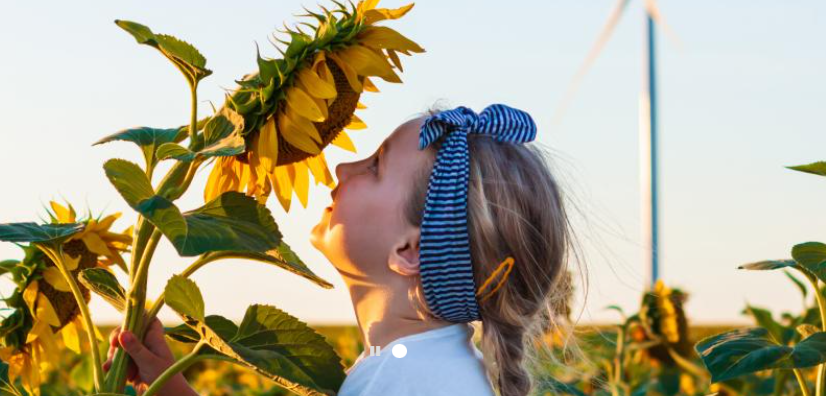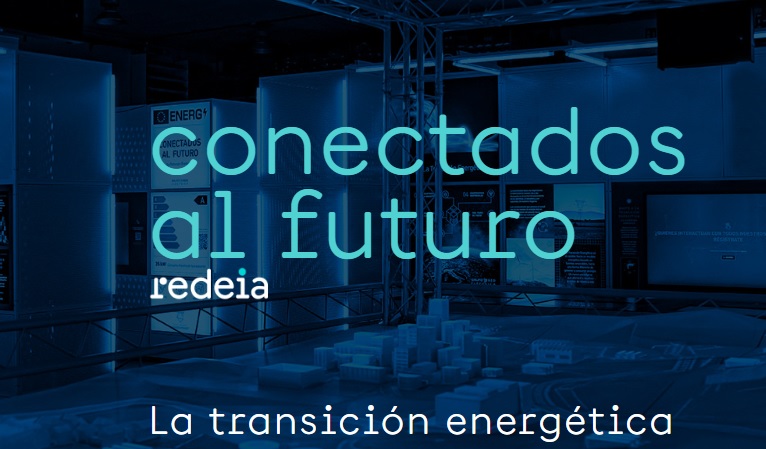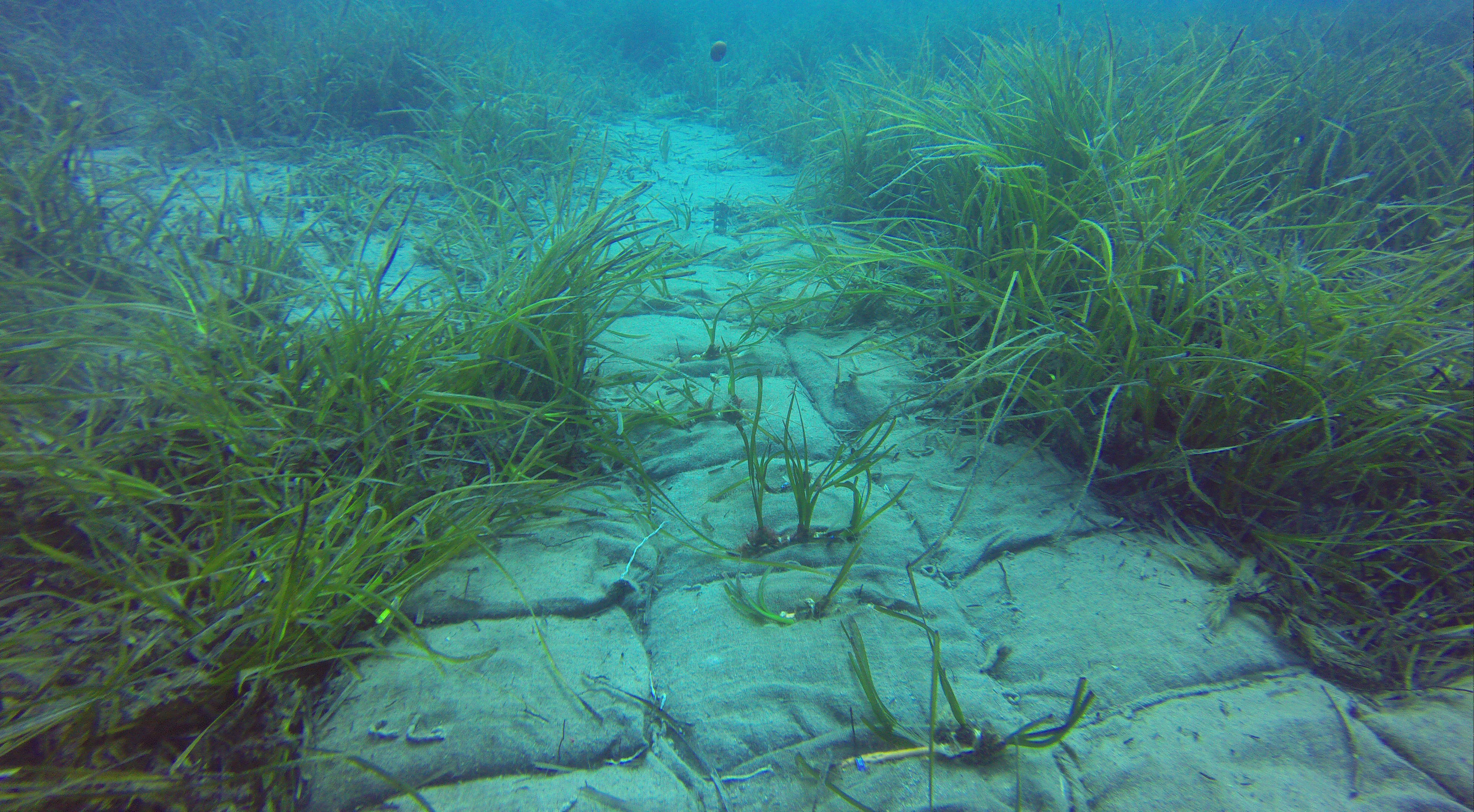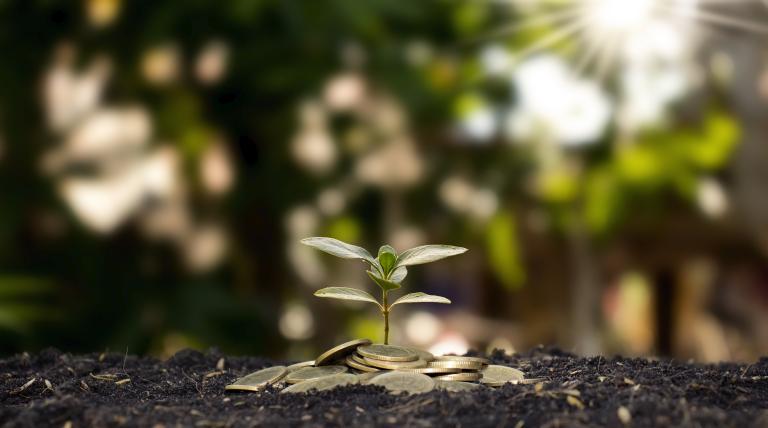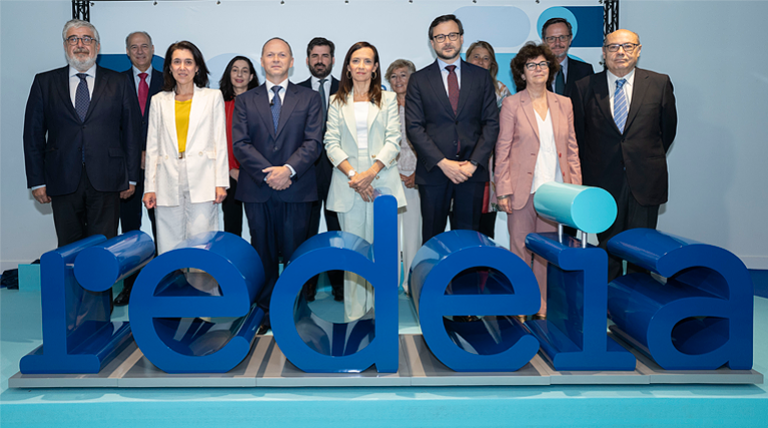We are a global operator of essential infrastructure
- Redeia and the Ministry of Education, Culture, and Sports in Castilla-La Mancha extend their collaboration agreement to complete the digitisation of the archaeological heritage of the region with data from Ciudad Real, Guadalajara, and Toledo.
- The company has made available to the Ministry a tool that allows for the acceleration of processes and actions related to cultural heritage, as well as the reduction of file processing times and facilitation of queries.
Redeia and the Ministry for Education, Culture, and Sports of the Regional Government of Castilla-La Mancha have renewed their collaboration agreement, executed for the first time in 2021, to digitise the cultural heritage of the region through the creation of a Geographical Information System (GIS) of Castilla-La Mancha's cultural heritage inventory.
By renewing the agreement, Redeia will contribute to completing the digitisation of all the region’s cultural heritage records of the region by adding to the GIS the more than 21,500 cultural heritage records regarding archaeological and palaeontological settlements and ethnographic and industrial sites from the provinces of Ciudad Real, Guadalajara, and Toledo. These new references join the 19,000 references from Albacete and Cuenca added in 2022.
Among the planned actions, the agreement foresees the detailed analysis of all the items in Castilla-La Mancha’s Cultural Heritage Inventory, their digitisation and dump in the system, and a comprehensive review to correct errors and inconsistencies.
All these improvements in the management of heritage have been highlighted by the Regional Minister of Education, Culture, and Sports, Rosa Ana Rodríguez Pérez, during the agreement's presentation ceremony in Toledo: “It once again shows our commitment to making culture more accessible both to citizens and to companies and the public administrations themselves". Moreover, she thanked Redeia for highlighting Castilla-La Mancha's cultural heritage through initiatives, such as this one, that “enable accessibility through the use and implementation of new technologies within our reach".
From Redeia's side, the Director of Sustainability, Antonio Calvo, wanted to emphasize “the company’s commitment to the land, its development, and the enhancement of its natural, historical, and cultural heritage according to the ‘Sustainability Commitment 2030’ the company has implemented and that materialises in projects such as this one, entailing a benefit for society as a whole":
By renewing the agreement, Redeia and the Ministry of Education, Culture, and Sports complete the project started in 2021 with the creation of the Geographic Information System of Castilla-La Mancha's Cultural Heritage and the inclusion of the first 12,500 records, continued in 2022 with the digitisation of about 19,000 items from protected areas from a cultural perspective in the provinces of Cuenca and Albacete provinces. In particular: Sites of Cultural Interest (BIC); Sites of Heritage Interest (BIP); Elements of Heritage Interest (EIP), archaeological parks; and areas of protection and prevention that delimit the uses of these lands.
Thanks to the GIS, the record processing times are reduced since consultation of protected areas for works, environmental assessments, research, etc., are more dynamic and available on the same server rather than on paper and multiple archives.
